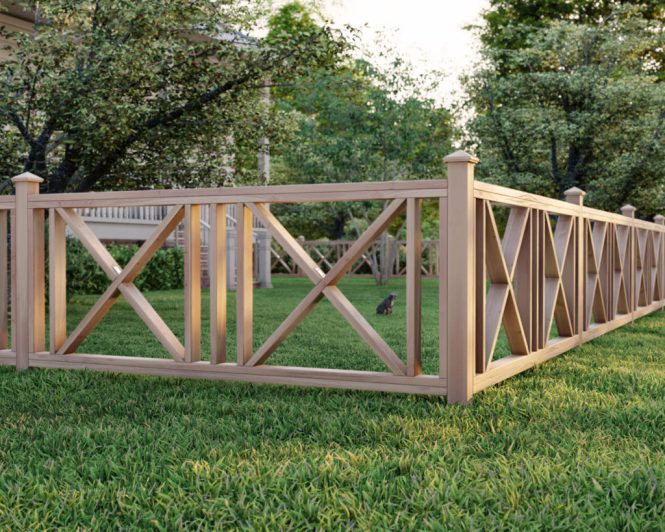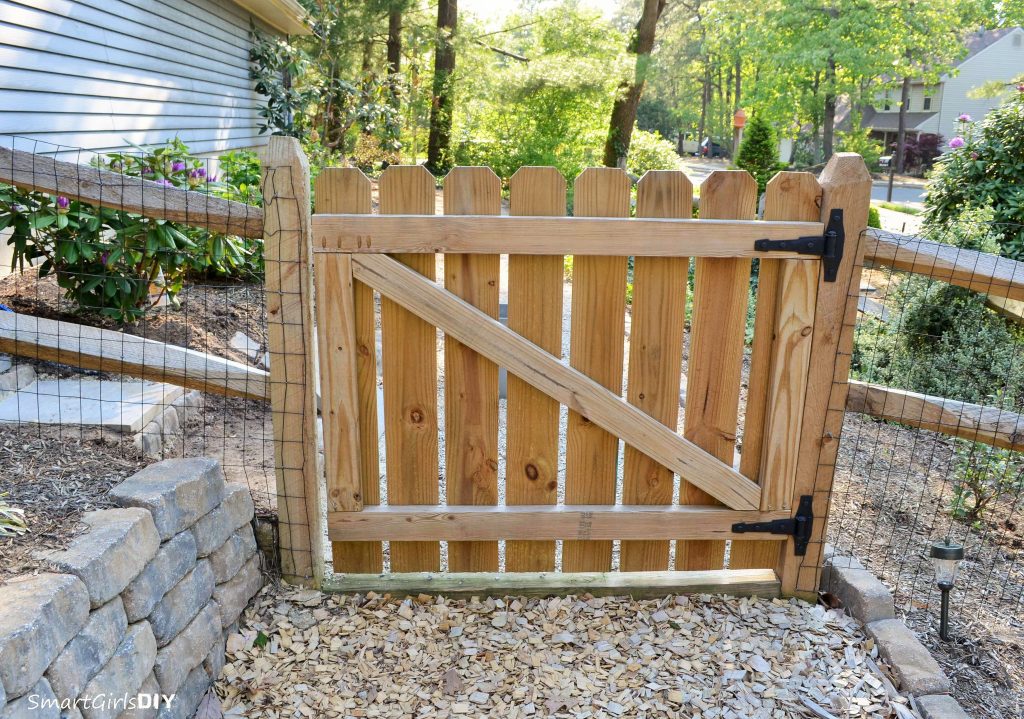

Building a wooden fence is a fantastic project for homeowners looking to enhance their property’s aesthetic appeal and functionality. A well-built wooden fence can significantly improve privacy, security, and curb appeal. Whether you’re looking to enclose a backyard, define a garden space, or create a boundary between properties, a wooden fence is a popular choice. However, building a fence can seem daunting, especially if you lack experience or are working with a tight budget. This comprehensive guide will walk you through the entire process, offering practical advice, insightful tips, and troubleshooting strategies. From site preparation and material selection to installation and maintenance, you’ll find everything you need to build a robust, aesthetically pleasing wooden fence that will last for years to come. This guide is structured to cover everything from initial planning to final finishing touches, ensuring a successful DIY project.
Planning Your Wooden Fence
Site Assessment and Design
Careful planning is crucial to a successful wooden fence project. The first step is a thorough site assessment. Identify the property lines, existing structures, and any utility easements. Take detailed measurements of the fence area and create a detailed plan. Consider factors like the surrounding landscape, desired aesthetic, and potential future expansions. Sketch your design, noting the fence’s height, style (e.g., picket, board on board), and materials. This will not only ensure the fence aligns with your property’s character but also assists you in material estimations, saving you from costly mistakes later. Remember that local regulations may influence the maximum fence height and style allowed. Contact your local authorities to verify if there are any zoning restrictions.
Material Selection
Material selection directly impacts the fence’s longevity and aesthetic appeal. Consider the cost-effectiveness and durability of different materials. Pressure-treated lumber, often preferred for its resistance to rot and insect damage, is a popular choice. Cedar is another excellent option due to its natural resistance to decay and attractive grain. Other less expensive options might include pine or fir, but proper sealing and maintenance are essential for longevity. Determine the required amount of lumber based on your design. This step is critical to avoid running short of material. A local lumberyard can help with precise calculations, especially if you’re unsure about the quantity.
Building the Fence Frame
Setting the Fence Posts
Securely setting the fence posts is fundamental for a stable and long-lasting fence. Use a post hole digger or auger to create the required depth and width for each post. The appropriate depth depends on the soil type and the anticipated load. Ensure the posts are plumb (vertical) and level. Use concrete to properly anchor the posts in the ground. Use a string line to maintain proper alignment as you install the posts. Consider using wooden fence post caps to enhance the aesthetic appeal and prevent water damage.
Constructing the Frame
Attach horizontal rails (or beams) to the posts, creating the frame for the fence panels. Use appropriate fasteners, such as screws or galvanized nails, depending on the wood type. Ensure the frame is sturdy and aligned, maintaining the overall rectangular shape. This is a critical step in ensuring the longevity of your wooden fence project. Using a level throughout this step will make a big difference.
Installing the Panels
Choosing the Right Panel Type
Different panel types offer varying levels of privacy and aesthetics. Picket fences offer a traditional look, while board-on-board fences provide a more modern and solid appearance. Consider your yard’s characteristics and personal preferences when choosing. Determine the best panel design based on your design parameters. The length of the panels directly influences how many will be required to complete your entire fencing.
Installing the Fence Panels
Once you have selected the panels, fasten them to the frame according to the chosen design. Ensure proper alignment and spacing between panels. Use appropriate fasteners and maintain consistency in your installation process. This step requires precision and care to ensure your fence is strong and aesthetically pleasing. Pay attention to the gaps to ensure they are uniform.
Finishing Touches and Maintenance
Finishing the Fence
Finishing the fence protects the wood from the elements and enhances its appearance. Apply a wood stain or sealant according to the manufacturer’s instructions. Different finishes provide varying levels of protection and aesthetics. Select a finish that complements your fence design and matches the surrounding landscape and structure. Consider using a water-resistant sealant for added longevity.
Fence Maintenance
Regular maintenance is essential to preserve the longevity and beauty of your wooden fence. Inspect the fence for any damage or deterioration, such as rotting wood or loose fasteners, and address these issues promptly. Regular cleaning and staining will help your fence stay in its best condition and will provide a high-quality look to your property. Keep the surrounding grass trimmed to prevent excessive moisture accumulation.
Budget Considerations and Timeline
Budget Estimation
Creating a detailed budget for your wooden fence project is essential. Include costs for materials, labor (if applicable), tools, and permits. A good starting point is to obtain quotes from local lumber yards and contractors to help you determine the exact total cost. Don’t forget to account for potential unexpected expenses.
Project Timeline
Estimate the project timeline based on the complexity of your design and the available resources. Planning the overall timeline will give you a better idea of your workload. Allocate sufficient time for each stage to ensure quality results and meet your anticipated timeline. Consider factors such as material delivery times and weather conditions when creating a realistic schedule.
Additional Tips
Understanding Local Regulations
Always check with your local authorities about regulations regarding fence heights, materials, and placement before starting the project. This is critical to prevent any possible future issues. Following local building codes will help to ensure a successful project and can save you money in the long run.
Safety Precautions
Wearing appropriate safety gear and following safe work practices is critical when building a wooden fence. Use appropriate safety gear for all activities and be very mindful of how you are carrying materials and working with tools. These practices are essential for preventing potential injuries during the construction process. This also ensures a safer environment for yourself and any helpers.
Getting Started
Gather the necessary materials and tools
To start the project, gather the required materials such as posts, lumber, fasteners, and tools. Having the correct tools and materials will make a big difference in the speed and success of the project.
Choosing a reputable contractor
If you’re unsure about the technical aspects, consider hiring a local contractor. They have the expertise and tools to ensure a high-quality fence that meets your requirements and meets all local regulations. This is especially helpful if you have specific design requirements.
Advanced Techniques
Utilizing advanced techniques in design and installation
Learning advanced techniques can improve the design and installation of your fence. Some advanced installation techniques can improve the quality of work and durability. Using these techniques will ensure a high-quality design and installation.
Integrating modern designs
Consider incorporating modern designs into your fence, while following current design trends, to make the fence look contemporary.
Consider using advanced installation methods
Consider the use of advanced installation methods in your fence project. Advanced installation techniques can greatly enhance the quality of work and make the installation more efficient.
FAQ
What are the best types of wood for building a wooden fence?
Pressure-treated lumber is often favored for its resistance to decay and insects. Cedar is another excellent choice, known for its natural durability and aesthetic appeal. Pine or fir may be less expensive options, but require regular maintenance to prevent rot and damage. Consider your budget and desired lifespan when selecting the appropriate wood type.
How much does it typically cost to build a wooden fence?
The cost of building a wooden fence varies significantly depending on factors such as the size, material, design, labor costs, and location. Expect to spend between $10 to $50 per linear foot, not including permits, or labor costs, or other factors. Detailed planning and procuring materials directly will help significantly reduce costs, while considering the scope of work will help reduce labor costs.
In conclusion, building a wooden fence is a rewarding DIY project that offers both aesthetic appeal and practical benefits. By following this comprehensive guide, you’ll be well-equipped to tackle the task, from initial planning to final installation. Remember to prioritize safety, accuracy, and attention to detail throughout the process. If you’re still unsure about any step, consider seeking professional help. Don’t hesitate to contact a local fence contractor or join a DIY forum to get tips and insights from experienced builders. Happy fencing!